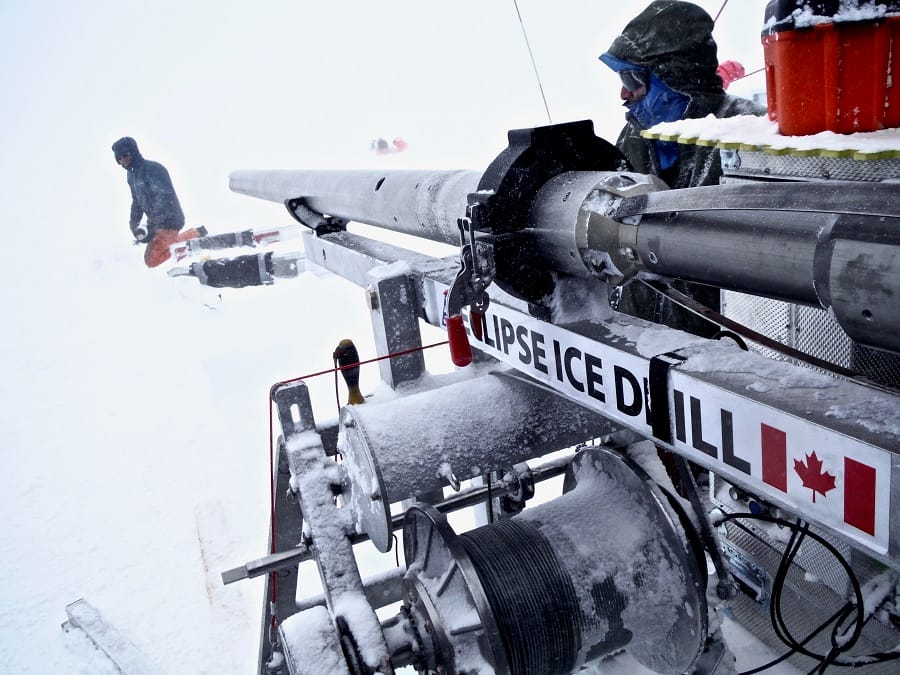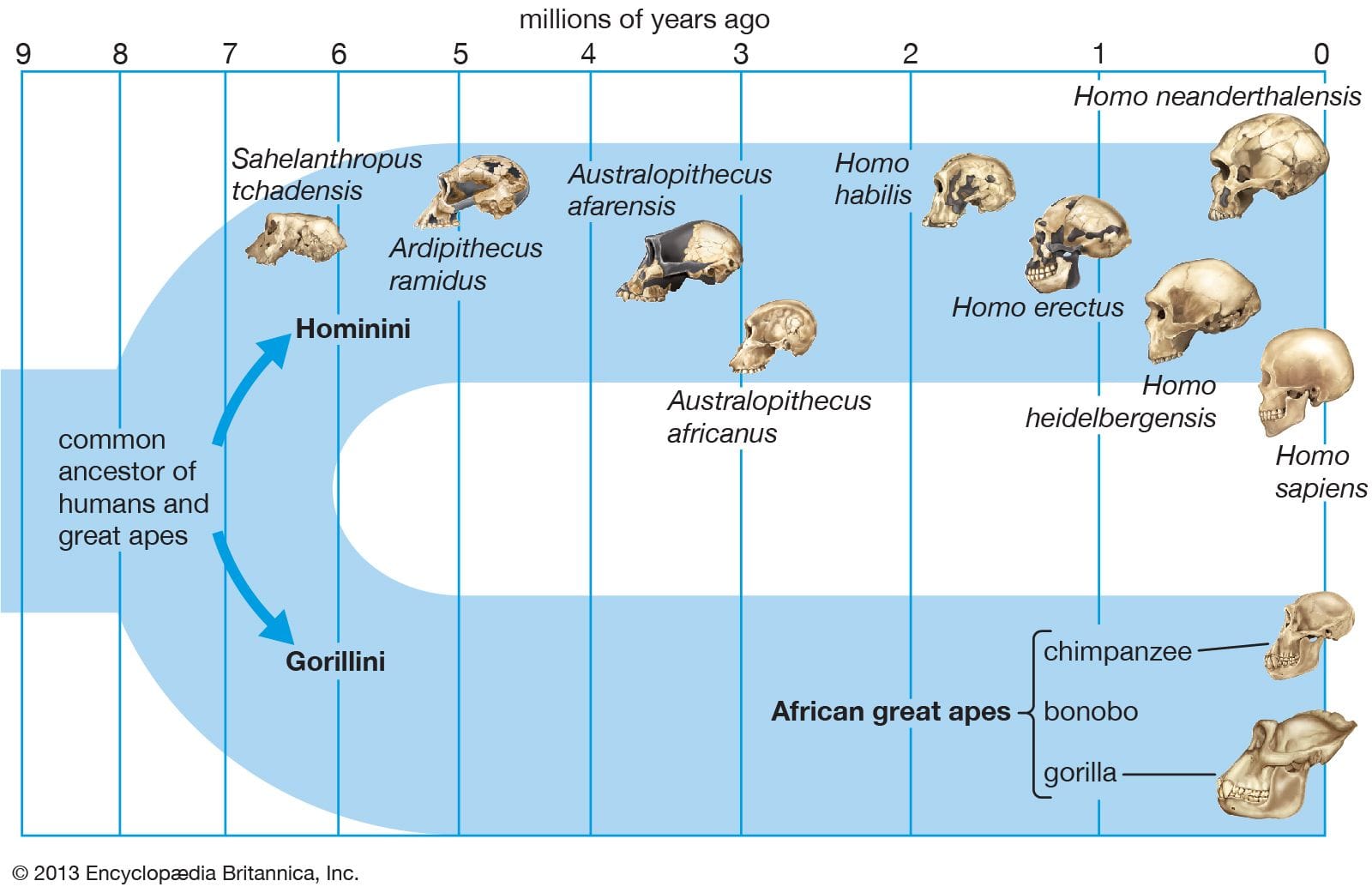Ice cores, long regarded as time capsules of Earth’s climatic history, are becoming increasingly significant in the quest to understand the planet’s past. These cylindrical samples, drilled from ice sheets in polar regions and high-altitude glaciers, contain layers of ice that have accumulated over thousands of years. Each layer represents a year or even a season, capturing a snapshot of the atmospheric conditions at the time of its formation. As scientists analyze these cores, they are uncovering a wealth of information that sheds light on the mysteries of Earth’s climate and environmental changes.
The process of extracting ice cores involves drilling deep into ice sheets, often several kilometers thick. The most well-known sites for ice core drilling include Greenland and Antarctica, where the ice has preserved a continuous record of climate data for hundreds of thousands of years. The ice cores contain tiny air bubbles that were trapped when the ice formed, allowing researchers to analyze the composition of the atmosphere at different points in history. By measuring the concentrations of greenhouse gases such as carbon dioxide and methane, scientists can reconstruct past atmospheric conditions and correlate them with temperature changes.
One of the most significant findings from ice core studies is the evidence of natural climate variability over geological time scales. For instance, ice cores have revealed that Earth’s climate has undergone significant fluctuations, including glacial and interglacial periods. These cycles are driven by various factors, including changes in Earth’s orbit, solar radiation, and volcanic activity. Understanding these natural processes is crucial for distinguishing between natural climate variability and the anthropogenic influences that have become more pronounced in recent decades.
In addition to providing insights into natural climate cycles, ice cores also serve as a record of human impact on the environment. The industrial revolution marked a significant turning point in atmospheric composition, with a dramatic increase in greenhouse gas emissions. Ice cores from the past century show a clear spike in carbon dioxide levels, correlating with the rise of fossil fuel consumption and deforestation. This data is vital for understanding the extent of human influence on climate change and for informing future policy decisions aimed at mitigating its effects.
Moreover, ice cores have revealed evidence of past volcanic eruptions, which can have a profound impact on climate. When a volcano erupts, it releases ash and gases into the atmosphere, which can lead to temporary cooling as sunlight is blocked. By analyzing layers of ice that contain volcanic ash, scientists can identify the timing and magnitude of past eruptions and assess their climatic consequences. This information is essential for understanding the interplay between natural events and long-term climate trends.
The implications of ice core research extend beyond climate science. The data obtained from these cores can also inform our understanding of past ecosystems and biodiversity. For example, changes in temperature and precipitation patterns can influence the distribution of plant and animal species. By correlating ice core data with fossil records, researchers can gain insights into how ecosystems have responded to past climate changes, providing valuable lessons for current conservation efforts.
As climate change continues to pose significant challenges to global ecosystems and human societies, the importance of ice core research cannot be overstated. The data derived from these ancient ice samples not only enhances our understanding of Earth’s climatic history but also serves as a critical tool for predicting future climate scenarios. By studying the past, scientists can better inform policymakers and the public about the potential consequences of current trends and the urgent need for action.
In conclusion, ice cores are invaluable resources for unraveling the mysteries of Earth’s past. They provide a detailed record of atmospheric conditions, climate variability, and human impact over millennia. As researchers continue to analyze these ancient samples, they are uncovering critical insights that will shape our understanding of climate change and its implications for the future. The ongoing study of ice cores is essential for developing effective strategies to address the challenges posed by a warming planet and to ensure a sustainable future for generations to come.



